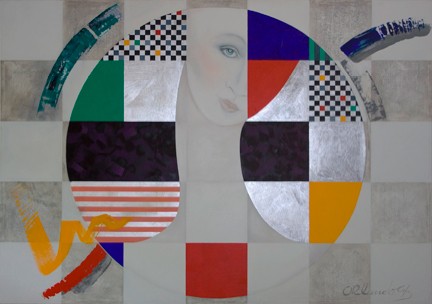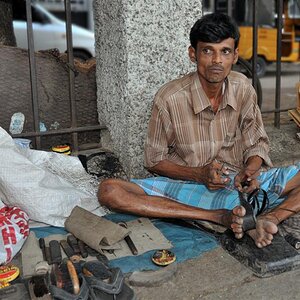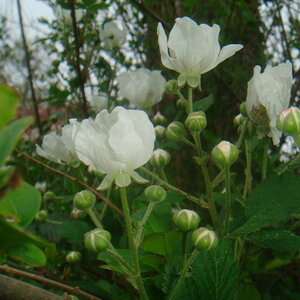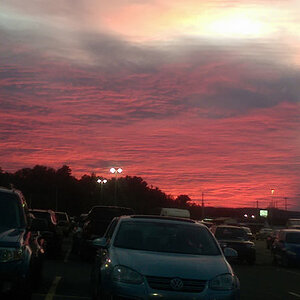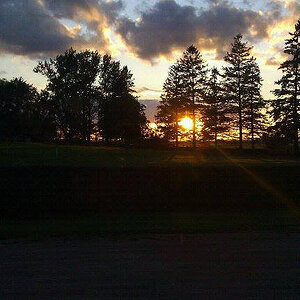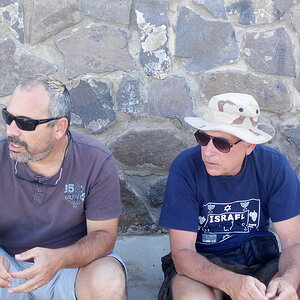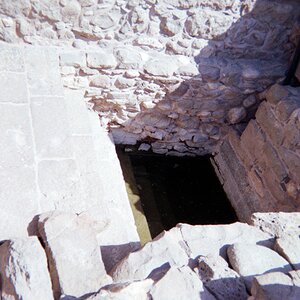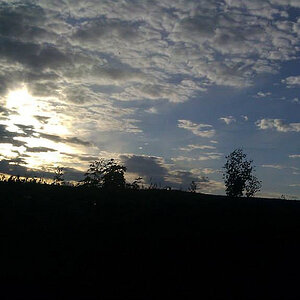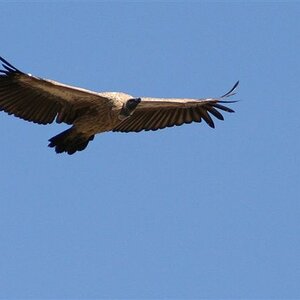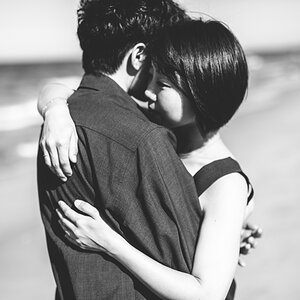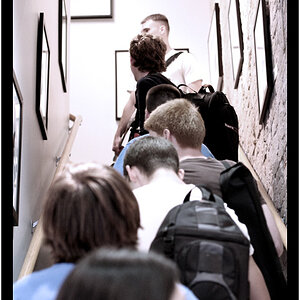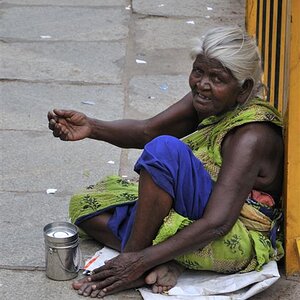danonthehill
TPF Noob!
- Joined
- Feb 12, 2010
- Messages
- 3
- Reaction score
- 0
I am an artist (painter). I want to photograph my paintings, which are usually very large from 6x8 to 14x8 feet. In the past I have used 2 800w red head lights set up at 45 degree angles to limit any reflections on the surface, with fairly poor results due to the uneven lighting. I have seen other people get good results using bounce flash. I have just bought a Canon 5d which I plan to use with my Contax Zeiss 50mm and 28mm and think it will be possible to get good results with these. I have some experience with photography, I have shot large format etc, however I have no experience of using flash. What is the best way to get an even light when photographing large flat art work like this. I really don't have much cash left so should I get a speedlight or a couple of cheap strobe lights? Would I need umberellas with strobes, how powerful would the speedlight need to be, could I get away with 430ex and what angle should I bounce it to limit reflections? Any help would be much appreciated. Thanks.


